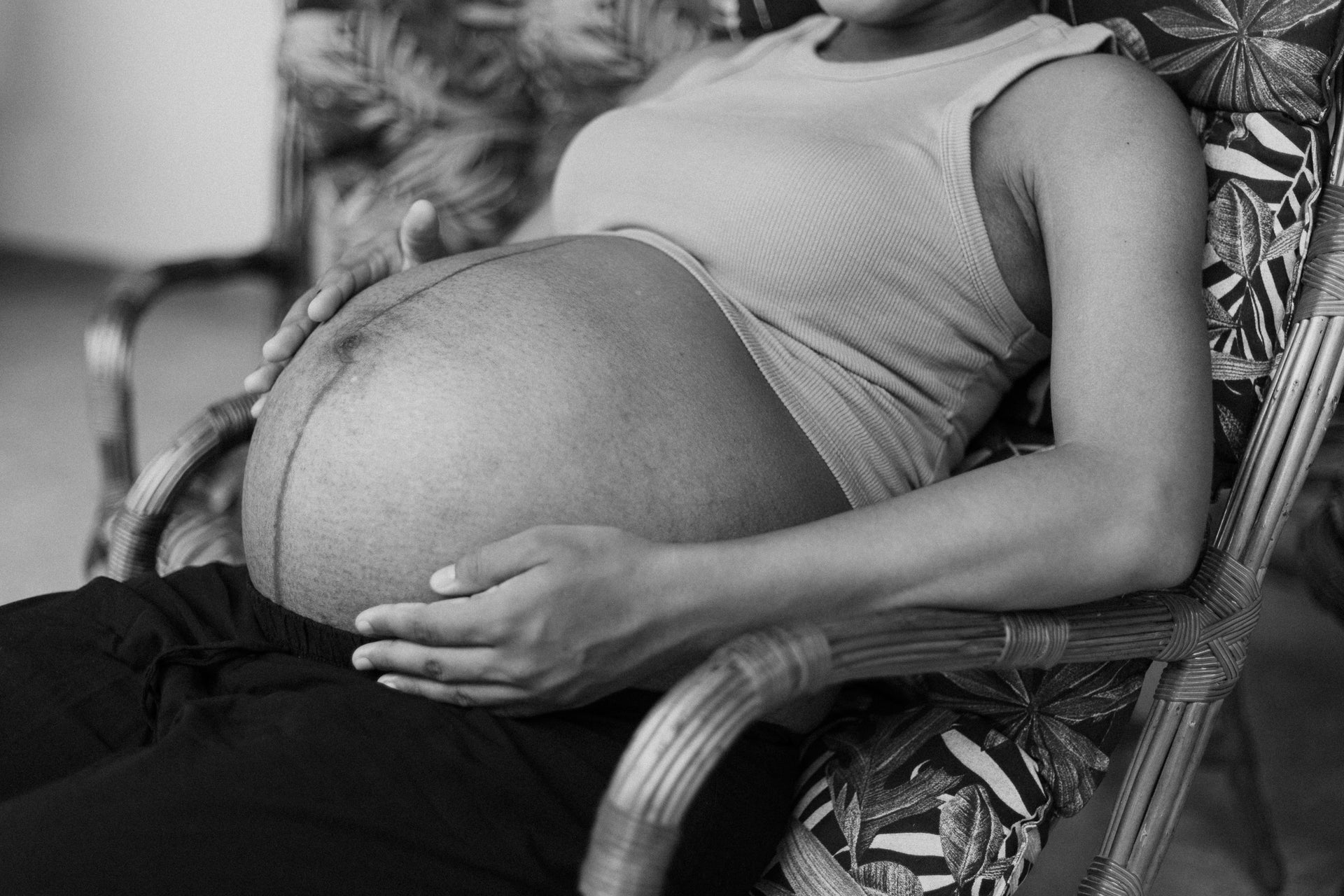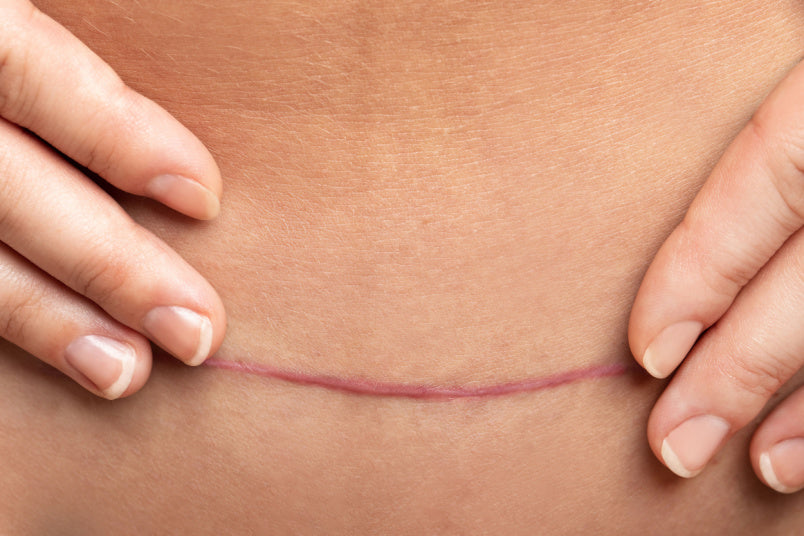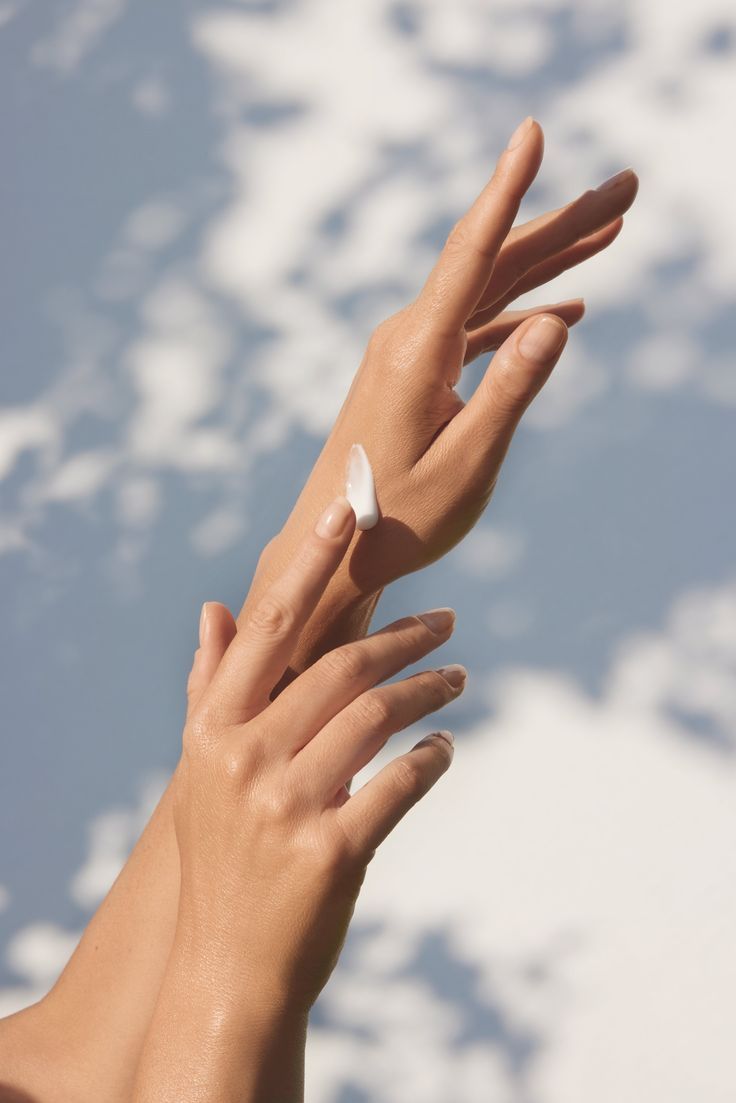Scar Therapy - What It Is and How It Helps
by Laura Barrett

Scar therapy is a gentle treatment that aims to alter the physical and mechanical properties of a scar by influencing the scar maturation process, promoting scar healing and minimizing long term complications. Scar therapy also aids emotional recovery, helping patients with accepting their scar and the trauma related to the delivery. It is safe to start scar therapy from 6-8 weeks but there must be no infection and the scar must be fully closed with no scab or crust.
After any abdominal surgery there is above a 90% chance of developing scar adhesions. Scar adhesions are bands of scar tissue that can form between tissues or organs that are not normally connected. Scar adhesions can attach on to the fascia (connective tissue), muscle, bowel, uterus, bladder, ovaries, fallopian tubes and can cause issues with bowel movements, bladder control, abdominal pain and pain elsewhere in the body ranging from the hips, back, ribs to shoulder. Scar therapy can help reduce the tension and restrictions caused by these adhesions, therefore improving symptoms.
Patients come to me normally for 3 issues with their c-section scar.
-

01
They want to improve the appearance of the scar. Scar therapy can help with redness, thickness, hypertrophic scars, puckering, dipping and scar overhang.
-

02
They want to improve the function of their scar. Scar therapy can help reduce pulling, tightness, restrictions, pinching and catching of the scar with movement, exercise or even deep breathing.
-

03
They want to improve the altered sensation around the scar. Scar therapy can help improve numbness, burning, itching and pain.

Healing in Motion
As well as scar therapy, there are some other important factors to consider for good scar healing. In the early days of a c-section, it is important to move as normally as possible. Walking in a bent over position will lead to more tightness of the scar and therefore more discomfort so remember to walk in an upright position.

Watch for Infection
Be vigilant in the first few weeks with checking the scar for infection. An infected scar may be hot, red, may open or have discharge coming from it, there may be a smell and it will likely be tender. If you think you may have an infection, immediately see a doctor. An infection causes inflammation and inflammation delays healing and may lead to more scar tissue being laid down

Shield Your Scar
Scar tissue is very sensitive and it’s natural protection from UVB will have been damaged, so cover the area when in the sun and apply factor 50 sunscreen once it has healed.
I encourage women to begin touching around the area to help reconnect and desensitize the lower abdomen. I also recommended using silicone strips on the scar from 3-4 weeks post surgery and using rosehip oil once the scar is healed and there is no scab/crust on the scar. These help with hydration of the scar which is vital for good healing. Remember you also need good internal hydration so it is very important to drink at least 2l of water a day, more if you are breast feeding.

Laura Barrett
TMP Collaborator




